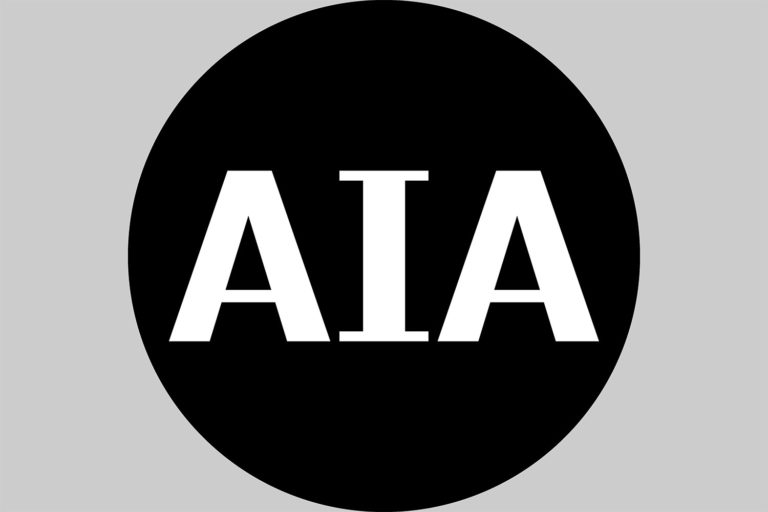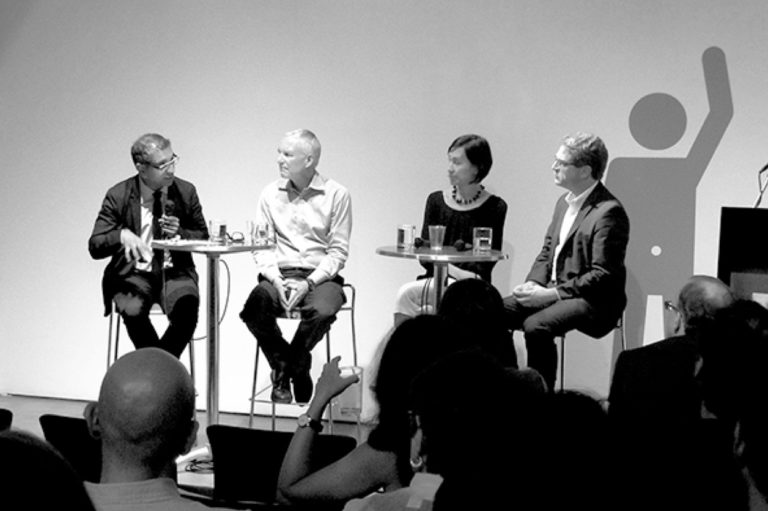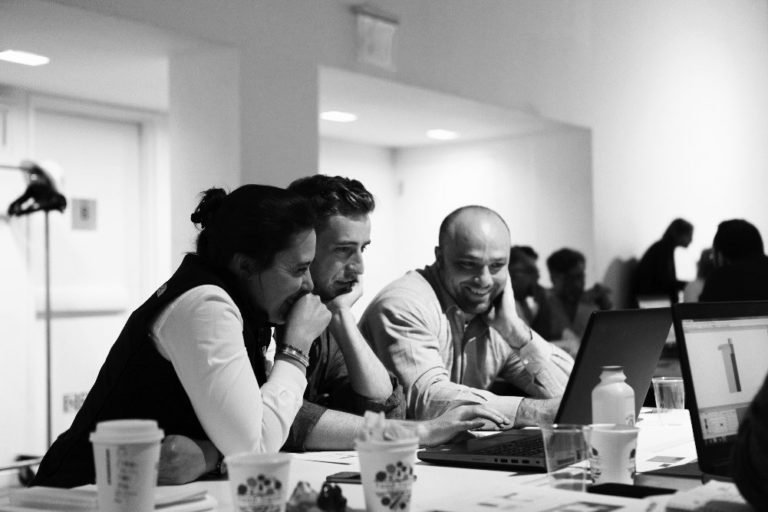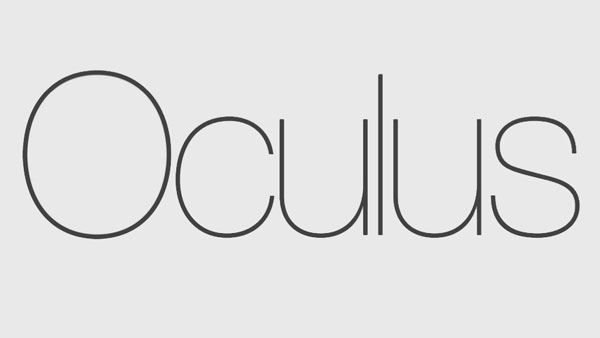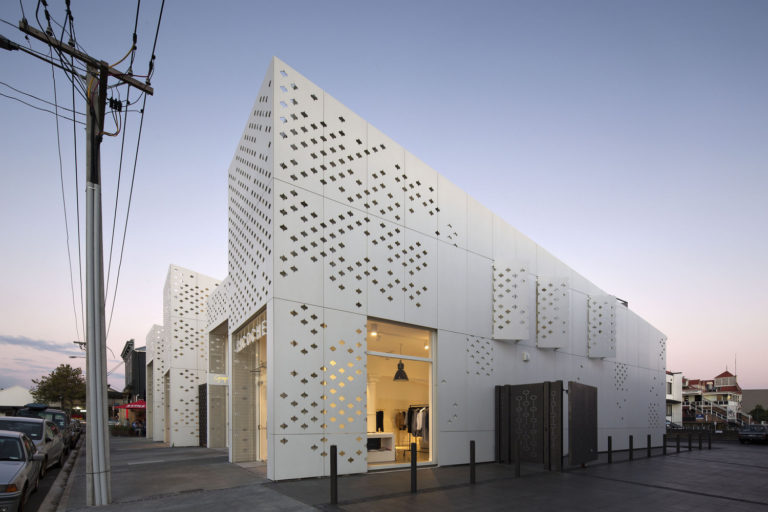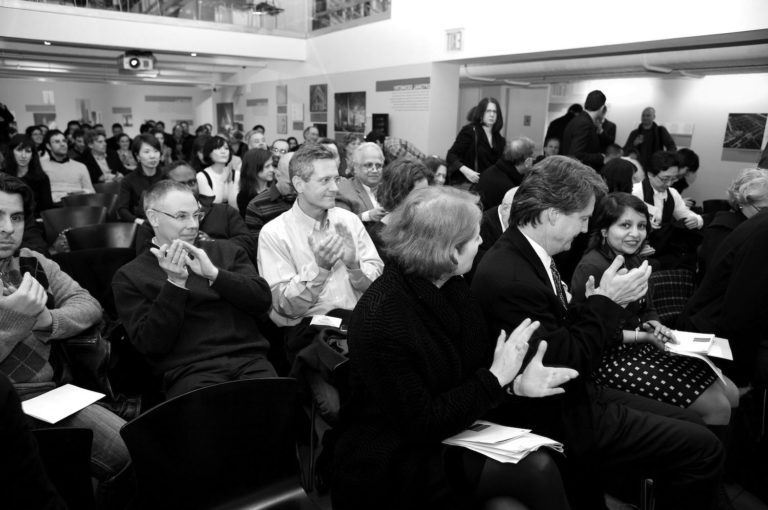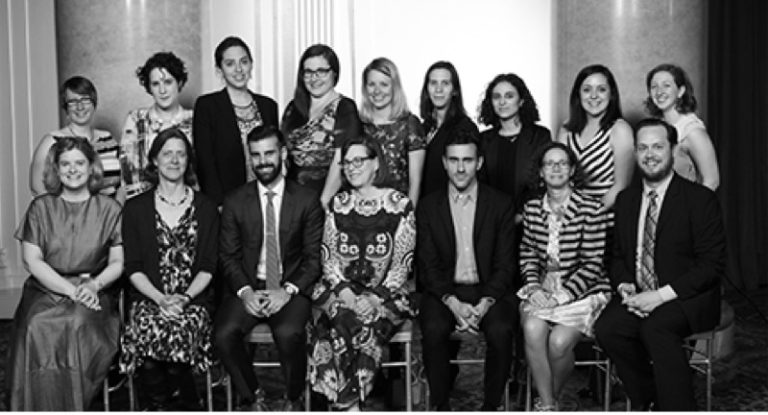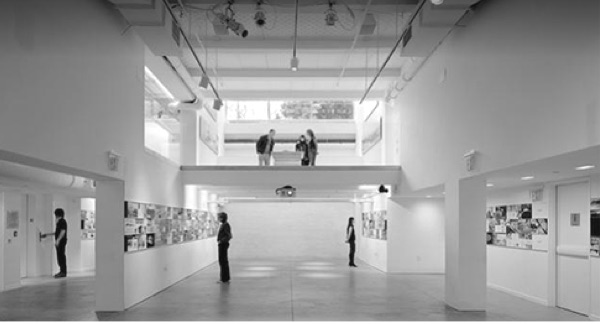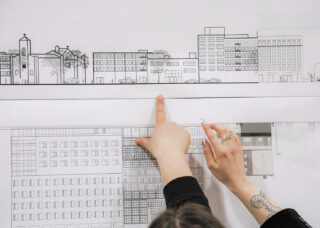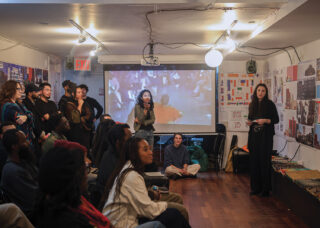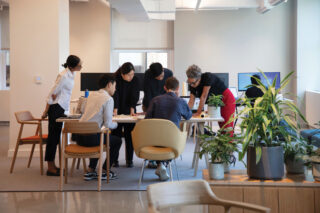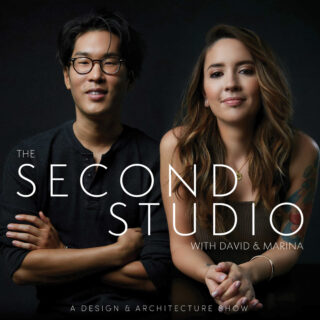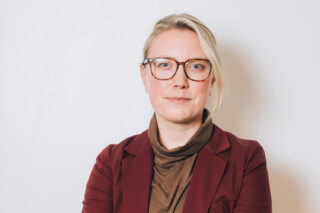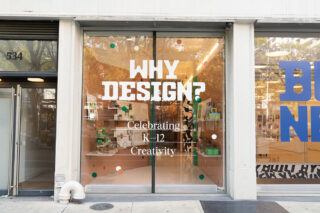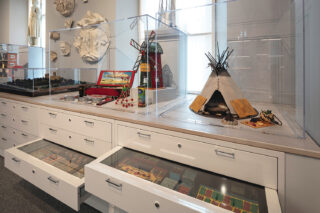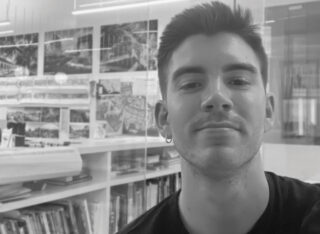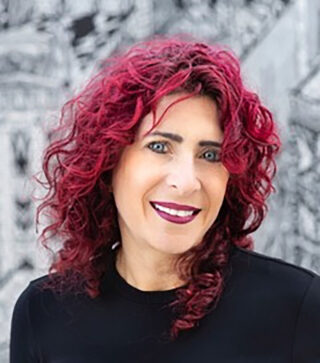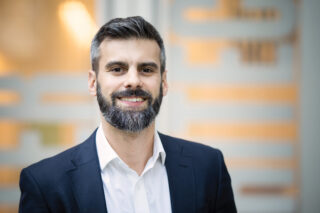
Freehand sketching is more than just a creative outlet; it is a critical tool that bridges the gap between engineering and architecture. It fosters innovation, enhances problem-solving, and facilitates effective communication. Some find sketching intimidating, perhaps because they think sketches need to be perfect, and there is no “delete” or “undo” function as on various digital platforms. In fact, whether as an exercise or as part of the design process, sketching can be liberating. A blank piece of paper represents endless possibilities. If you make a mistake, you can cross it out and start over, right there on the same page.
One can draw using software like Sketchbook to have a similar level of freedom, but once you are in a design suite like Rhino or SketchUp, your mind is already filtering, dealing with more data, and placing artificial restrictions on the creative process. And there is a lot of noise in the digital environment, which tends to bombard the user with images. When you draw, especially on paper, you can cut through the noise and identify the important ideas, allowing you to focus laser-like on what is the most important problem you are trying to solve. That level of clarity helps break down a given challenge into more manageable parts, encouraging lateral thinking and the exploration of multiple solutions simultaneously.

Another reason we at Buro Happold are proponents of freehand is that it’s a practical tool for effective communication and collaboration, driving problem-solving and innovation among project partners. Working with Safdie Architects on Singapore’s Jewel Changi Airport, we would often sketch on the same piece of paper, passing it back and forth and advancing ideas through multiple iterations. We were able to overlay our ideas in a way that made sense to everybody. Embracing the freedom and flexibility of freehand on paper, the engineers and architects together shaped a vision for an innovative, highly sustainable, and visually arresting one-of-a-kind structure. Also, this type of sketching can and should continue even as more of us are meeting virtually. As we transition to an electronic stylus and virtual whiteboards on Zoom, Miro, or other software that allows us to keep on sketching, we can share our ideas in real time and more effectively communicate with other team members.

CRISTOBAL CORREA, P.E., (“Sketching as Communication”) is a principal in Buro Happold’s New York office. With over 30 years of experience, he has led the design of innovative structures around the world. He is also the director of technology and a professor at the Pratt Institute School of Graduate Architecture and Urban Design, and an active board member of Open House New York.
